We use cookies to make this site as useful as possible and maximize your experience. By closing this message, you consent to our cookies on this device in accordance with our cookie policy unless you have disabled them in your browser settings.
Remote Technology for the Workplace

What if the future of work is solely mobile? What if we could easily work from anywhere we wanted?
A new kind of workforce—largely driven by remote technology capabilities—has prompted new levels of expectations from both employees and organizations. Cafés, lounges, outdoor areas and other communal spaces are dismantling the conventional beliefs surrounding traditional work environments. Employers are recognizing how important it is to develop workplaces that fuel creativity and innovation first.
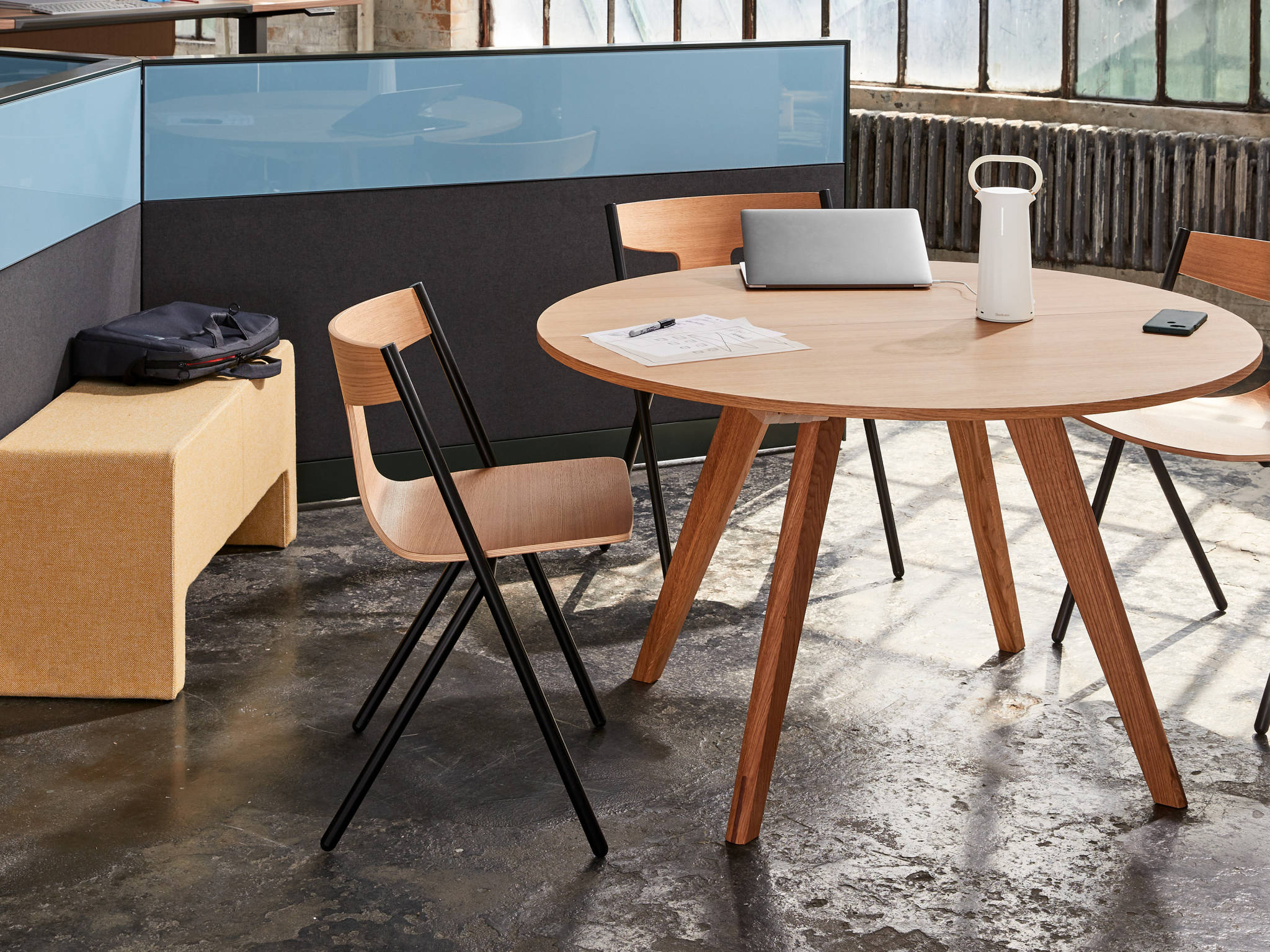
It’s evident that with this new type of philosophy comes new hurdles. Traditional tools provide power that mostly comes from tangible sources—i.e. walls, cable boxes, and wires. Even with improved modern technology, access to these sources isn’t always easy. In the near future, employees will expect the freedom to work in areas that encourage collaboration, movement, and free range without limitations to basic needs like power. For these reasons, mobile electric power solutions seem to be on the horizon, ready for exploration.
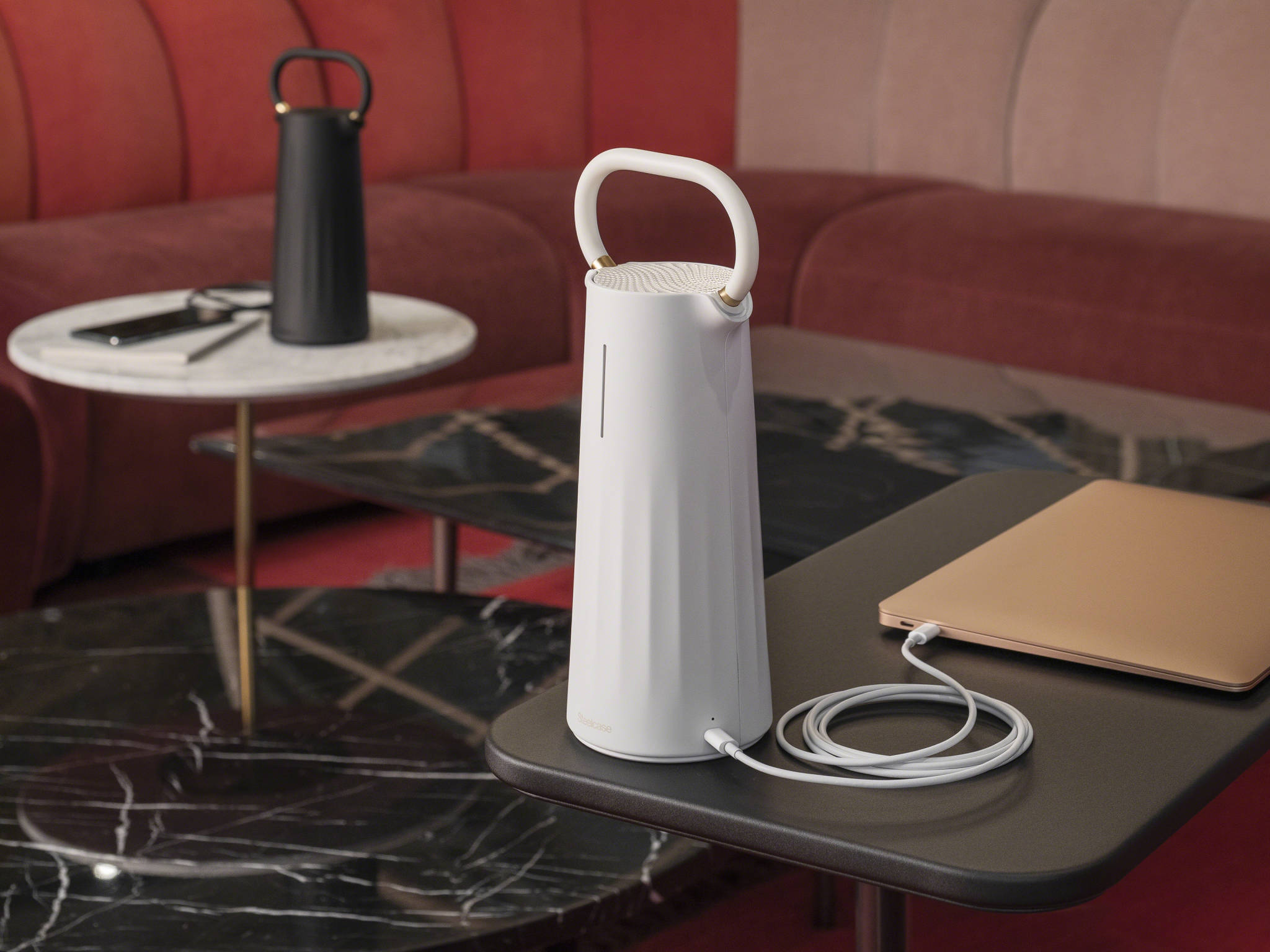
Tools for Telecommuting
This insight became the genesis of the Steelcase Flex Mobile Power. Steelcase partnered with Anker—a global leader in charging technology—to create a power station charger and its proprietary home docking station to bring enterprise-level mobile battery power to the workplace. Each Steelcase Flex Mobile Power unit charges multiple devices simultaneously, detecting which device is running on the lowest power and directing the most energy there so that all team members can keep working. Just as battery life is getting longer, devices are getting smaller and thinner, with more laptop manufacturers standardizing the USB Type-C connector. USB-C allows a great deal of power through a very thin connector. This allows for the use of more devices while keeping the wattage requirements low.
The same USB-C port can charge a phone at 10 to 15 watts, but if that USB-C port has enough power behind it, it can charge a laptop up to 100 watts. It provides the right amount of power at the right time for any device plugged into it.
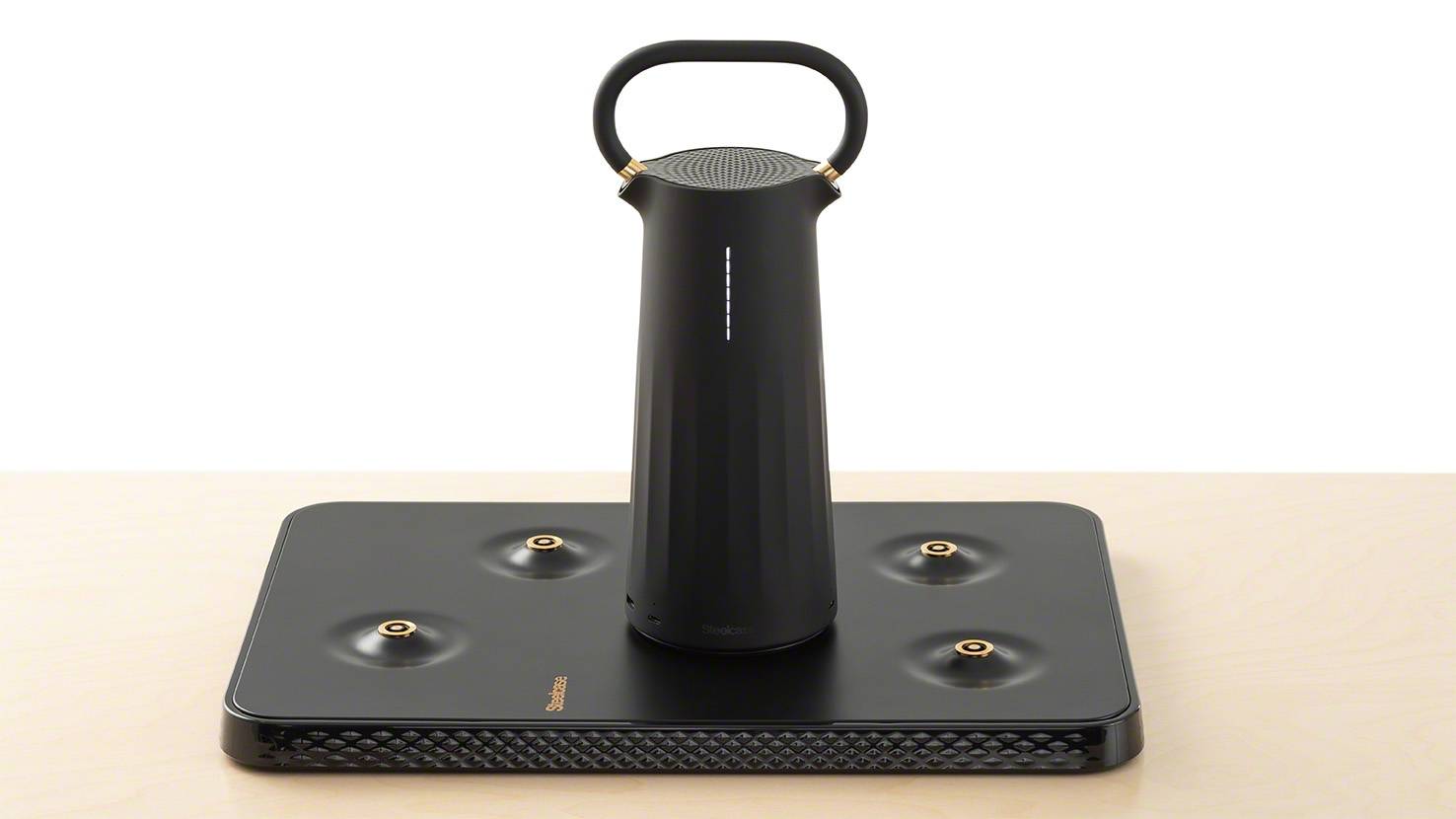
This new remote working tool calls for fluidity in new types of spaces that support remote technology. As technology develops and further changes how devices and products work together, we’re bound to come across new ideas and opportunities for mobile power.
Mobile Electric Power Solutions: In Design
Our team caught up with industrial designer Hyun Yoo to talk about her creative process. She began slip-casting ceramic vessels several years ago as a way to rediscover her artistic voice outside of work and explore new shapes and materials. She never imagined her artistic explorations would become the inspiration for a mobile power solution.
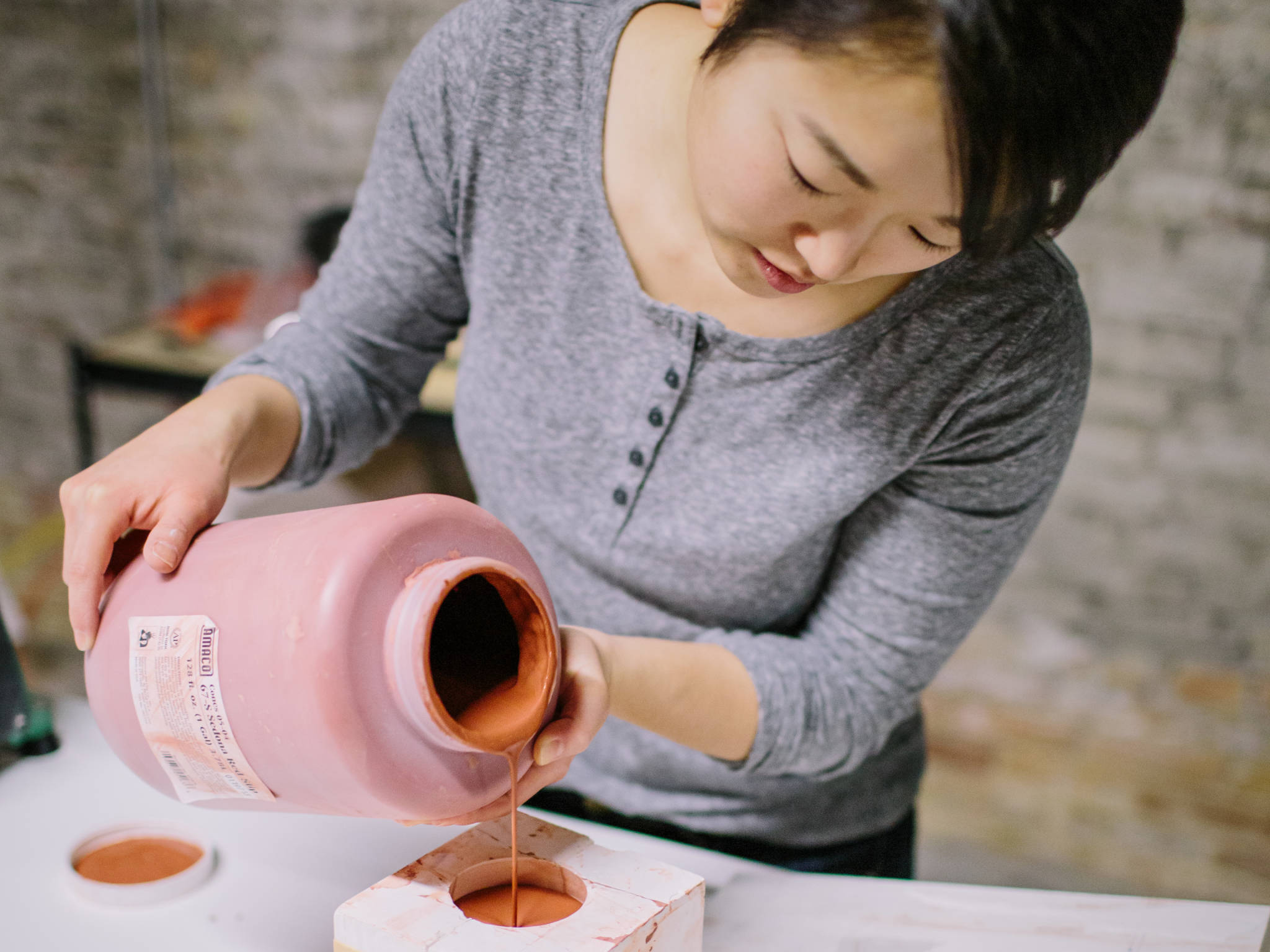
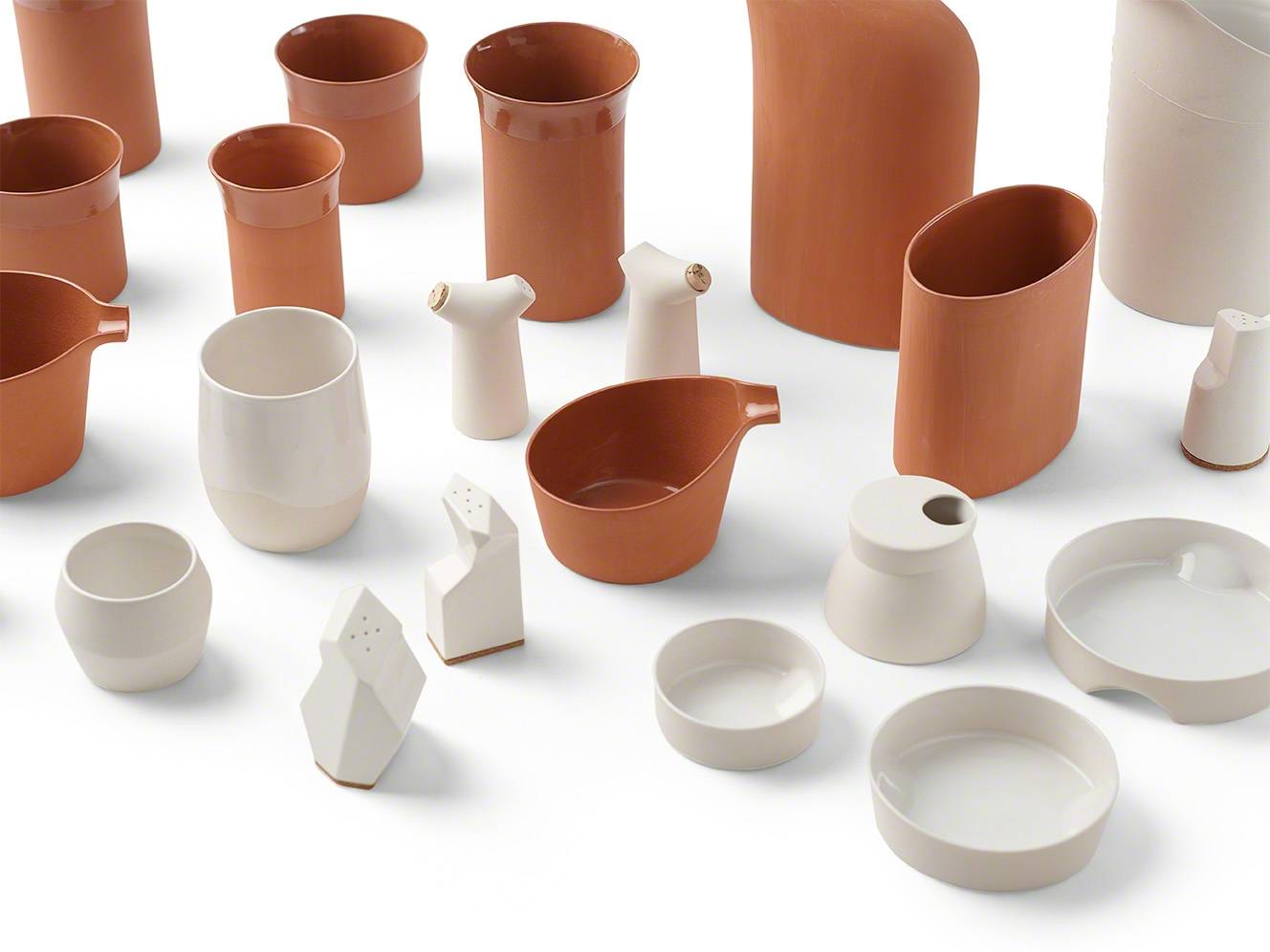
bkm: How did your personal work in ceramics intersect with this project?
Hyun Yoo: My colleagues had seen some of my ceramic-ware and admired it. My aim is to create objects that are simple and delicate in line but scaled and proportioned to feel sturdy. I applied the same principles to Flex Mobile Power. It was incredibly gratifying to be able to address the design constraints of architects and engineers while also creating a device that gives people more control over how they work.
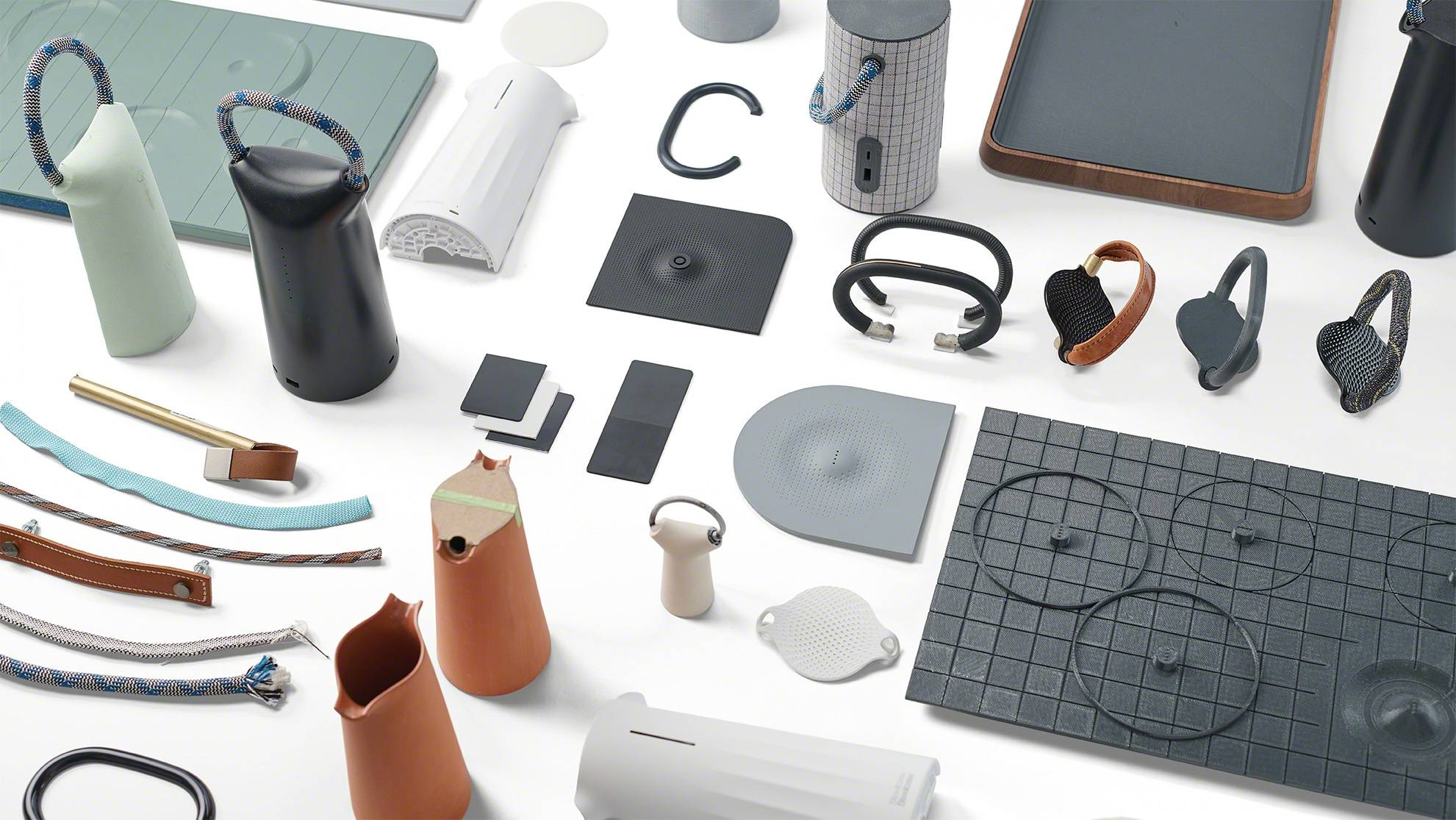
bkm: We hear you were sold on the idea of mobile power before this project even started?
HY: I was working on a design project in Munich, consolidating our offices and groups of people into a multifunctional workspace and showroom. With the changing landscape and nature of construction, we really struggled to find a place where we could collaborate and get power where we wanted. It became difficult and expensive and was extremely frustrating.
bkm: What kind of parameters were established for the Mobile Power project at the outset?
HY: The shape had to allow a person to easily carry the device through doors, ideally in one hand while also carrying a laptop and a cup of coffee. But it also had to be large enough to hold enough power to allow a person or small team to get through the day without having to recharge. We wanted to create something people would be attracted to. But we didn’t want it so distinct that if you saw many of them in the office they would become a distraction. In the end, I think we achieved a sophisticated appearance … a soft and silky finish … and a certain tactility with the added embossed pattern. We thought the handle should maintain its pill shape when resting but respond slightly to the user when picked up.
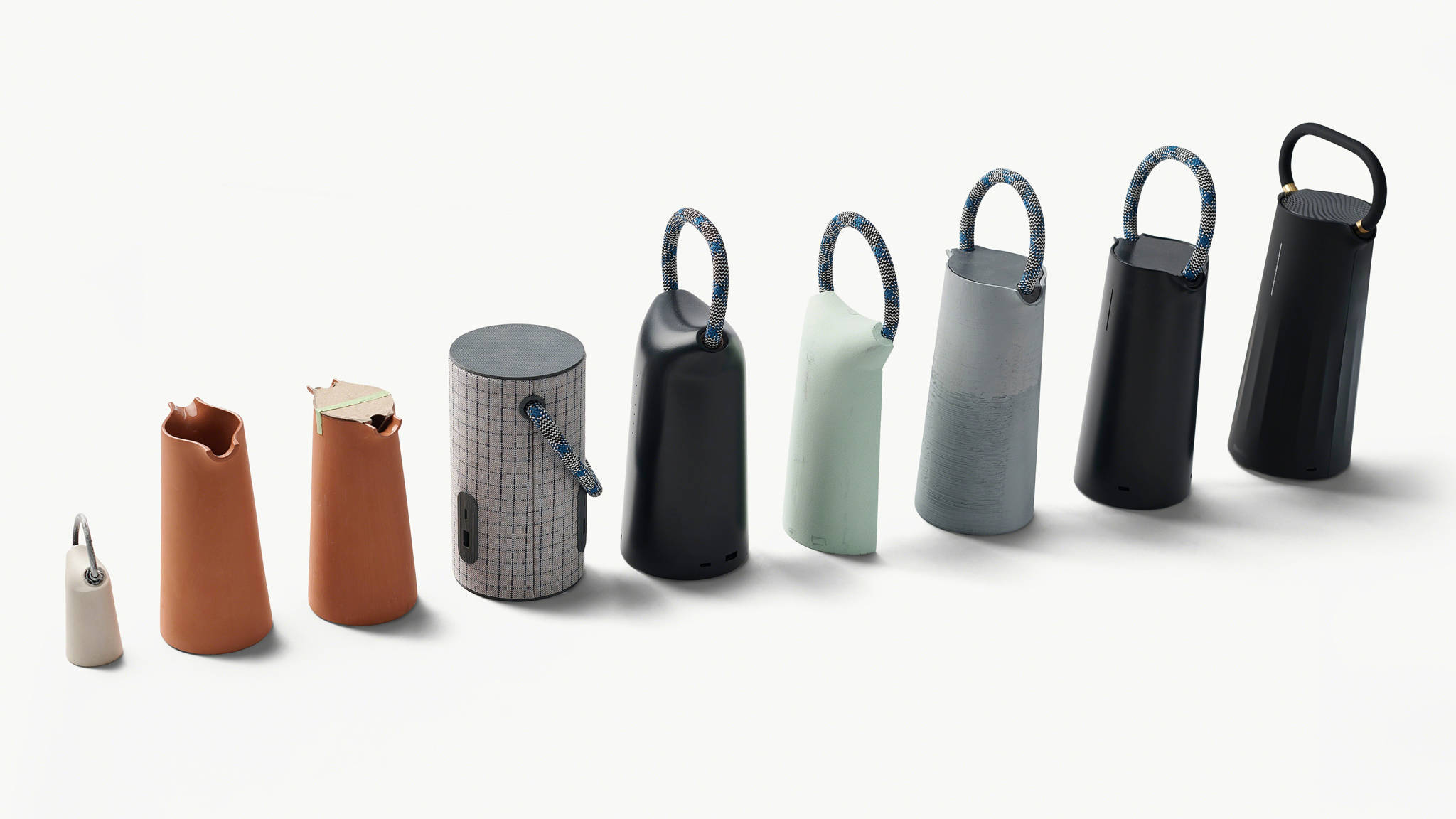
Caption: Prototype Evolution Inspired by beautiful ceramics. Flex Mobile Power evolved into a sophisticated piece with a soft and silky finish.
bkm: Were there any stumbling points along the way?
HY: The size of the unit and conduit rings increased over the life of the project, but we embraced each new requirement. Rather than try to hide the large rings, we decided to treat them as elegant brass touchpoints in the design. The home tray – where the units are stored and recharged when not in use – evolved in a lovely way, too. Thinking about the unit as tableware inspired a truly elegant and distinctive product.
To learn about more products made for remote technology in the ever-changing workplace, explore our expert collaborative technology solutions here. Contact us today with any other questions or concerns at (858) 569-4700 or complete this contact form to receive a FREE risk assessment and floor plan analysis.
